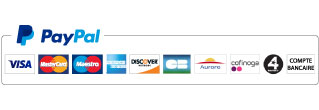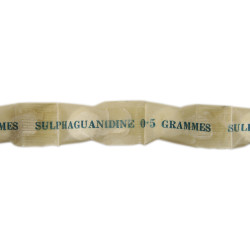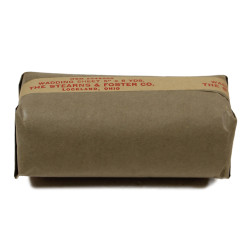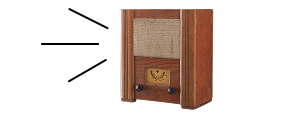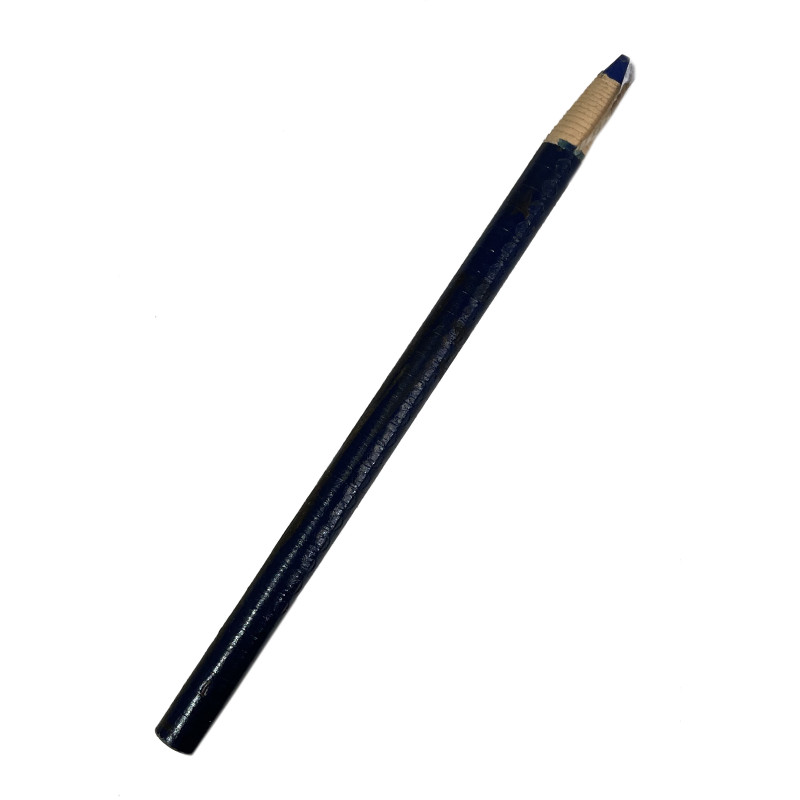


Pencil, Skin Marking, Surgeons, Medical, U.S.A. Blaisdell, Blue
Nice genuine WWII US skin marking pencil, made by U.S.A. Blaisdell.
During World War II, U.S. skin marking pencils were essential tools for combat medics. These pencils, typically grease-based, were designed to write directly on the skin and were highly water-resistant, which helped markings stay visible even in adverse weather or conditions. Medics used these pencils for various purposes, such as:
1. Triage Markings : In the chaos of combat, medics used these pencils to quickly mark wounded soldiers based on the severity of their injuries. This allowed for faster and more efficient triage, enabling medics and evacuation teams to prioritize care.
2. Recording Vital Signs and Treatments : On the battlefield, documenting a soldier's vital signs, blood type, or any immediate treatments provided could be challenging. Medics often used the pencils to jot this information directly on the patient’s skin, particularly on visible areas like the forehead or arm. This ensured the next medic or medical personnel down the line would have immediate access to critical information without needing to search for charts or paperwork.
3. Identification of Morphine Dosage : During combat, morphine was frequently administered to relieve severe pain. To prevent overdosing, medics would use the pencils to mark an “M” and the dosage time directly on the skin of the wounded soldier. This ensured that any subsequent medic or nurse would know how much morphine had already been given, avoiding potentially fatal overdoses.
4. Avoiding Infection Risk : Using skin pencils reduced the need for attaching paper tags or other materials that could potentially contaminate wounds or complicate the triage process. The grease-based pencils provided a practical, low-risk way to communicate essential information.
These marking pencils were a small but critical part of the medic's kit, helping save lives by enabling clear, fast communication on the battlefield.Good condition.


